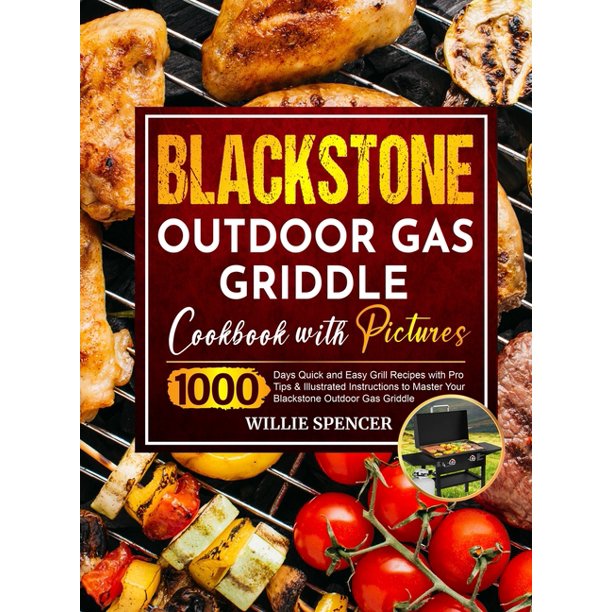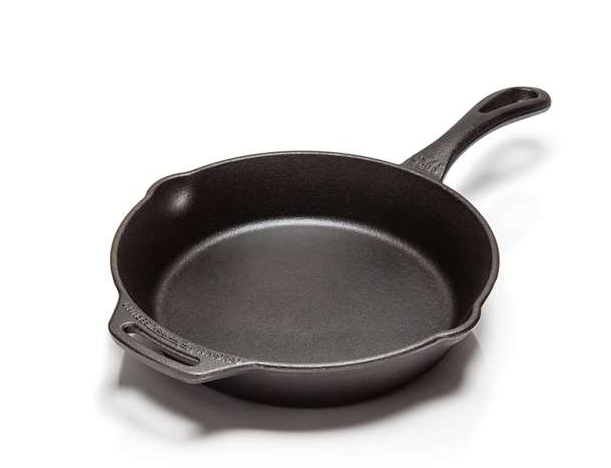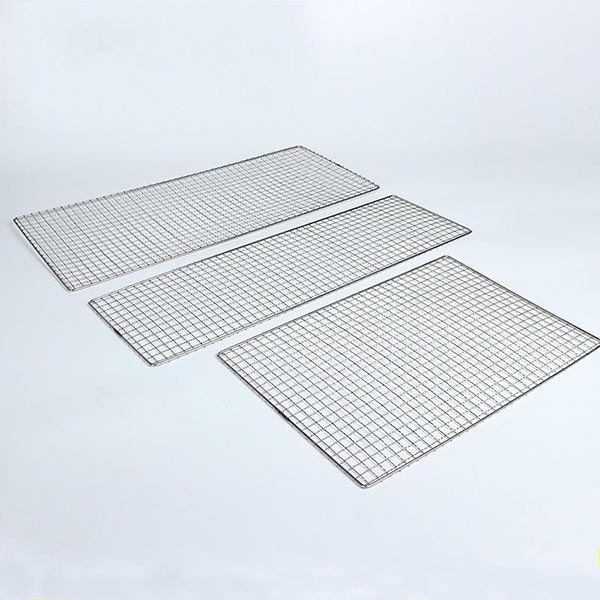
Two zone grilling has many benefits. This method allows you to adjust the temperatures of both the direct or indirect heat zones. Indirect heat allows you to cook meat at lower temperatures and is suitable for slow-cooking small items. These zones provide flexibility and flavor enhancing. You can make the perfect dinner for your family with this grilling method. Slow-cook the meat in the indirect area and then transfer it to the direct heat zones when it is cooked.
Two-zone grills allow you to control the temperature in each area of the fire. You must ensure that the coals are evenly distributed when cooking. The coals will heat unevenly if they aren't evenly distributed. The hot zone should be used near the end of the cooking process, while the indirect zone should be used near the beginning. For the best results, they should be parallel to one another.

There are many benefits to two-zone grilling. You can prepare multiple types and styles of food with a two-zone barbecue. It is possible to sear meat on one side and quickly transfer it to indirect side for cooking. This method can also be used to smoke without the use of a smoker. But, this method is slower and requires more time to cook safely. For beginners, a two-zone grill is a great option and can help you get great results every time.
Direct heat allows you cook food at slower temperatures. This method of cooking works well for meats such as steaks or chicken breasts. A charcoal chimney is ideal for cooking on one side. You can heat coal by allowing airflow to flow from the bottom. You can also choose where you want to place the coals. Two zones are the best for creating a consistent and delicious meal. When you're grilling outdoors, don't forget to use your digital thermometer!
The greatest benefit to two zone grilling, however, is the possibility of creating different cooking zones. The direct heat zone is great for searing and marking, while the indirect heat zone is ideal for more intense cooking. Indirect heat zones provide a cooling zone for finishing cooking. For beginners, indirect heat zones are the best option. You can also try two-zone grilling. You can learn more about the technique by starting with simple foods.

Two zone cooking offers many benefits. With two zones, you can cook just about anything. You won't have fish fall apart if you use two zones. Two-zone cooking is the ideal way to cook meals. Two zones in your grill will ensure that your food is cooked at the perfect temperature to retain its flavor. Indirect heat is best for two-zone grilling.
FAQ
How do you learn to cook the best?
Cooking should be something everyone can do. It's a great way to experience delicious food without having to learn how to cook. The first thing you need to do when learning to cook is to find a recipe that you like and follow it closely. Next, practice making small changes until you are comfortable cooking the dish. You can also try cooking for other people. This will not only help you cook better, but it will also test your skills.
How do I become a Chef?
There are many routes to becoming a chef. Start by enrolling in a class at a vocational school or community college. Then, look into attending culinary school. Finally, you can take a paid internship.
What is the difference between a chef & a cook?
A chef prepares meals for others. A cook prepares food for himself or herself. While both jobs involve the preparation of food, a chef interacts directly with his customers. This means they may have to decide what to serve guests based on their preferences. A cook does not interact with customers. Instead, they ensure that the food tastes delicious before they serve it to others.
What is the minimum requirement to become a chef?
No. Many chefs started their careers by learning on their own. Some chefs even attended culinary school to gain more experience. Many chefs prefer to attend culinary school for the increased opportunities to learn and grow as professionals. Culinary schools offer hands-on training which allows students to improve their skills and knowledge of cooking.
What are some basic cooking skills?
Basic cooking skills include reading recipes, measuring ingredients, cooking safely and cleaning up afterwards. You need to master these skills if you want to cook for your own meals. Cooking is also a great way to save money since you don't have to eat out all the time.
Can you become a self-taught chef?
Self-taught cooking is possible! Everyone loves cooking, regardless of whether they are skilled or not. You can learn to cook by starting at home. Start small with simple things like spaghetti sauce or pancakes for breakfast. Experimenting with new recipes is the best way to learn to cook. You might make a few errors along the way.
Cooking can take anywhere from a few hours to several months depending on the skill level. Cooking is more than following recipes. There are many ways of cooking food. So if you have an idea for a recipe, use it.
Statistics
- On average, chefs earn $58,740 a year, according to the BLS. - learnhowtobecome.org
- In the United States, the category is estimated at $23.2 billion annually and is growing faster than the market. (washingtonpost.com)
- You'll be amazed that over 90% of CIA students receive scholarships and grants to finish their culinary studies. (ischoolconnect.com)
External Links
How To
How to make the perfect omelet
Omelets are my favorite breakfast dish. But how do you make them perfectly? There are many recipes and methods I tried, but none worked. I have some tips and tricks to help you make delicious, fluffy omelets every single morning.
We should first know that eggs are very temperamental ingredients when making omelets. They must be fresh, preferably from the organic market, and be kept cold until cooking. You must keep them cool enough to allow the whites to form properly and the yolks to become too runny if they're not kept at the right temperature. Your omelets will look strangely colored if this happens. If you want to make omelets right away, it's best not to use eggs that are too cold.
Another tip is to separate your egg before adding it into the pan. You don't want any white to get mixed up with the yolk because this could cause the omelet to curdle.
You could end up burning the bottom half of the egg if the egg is added directly to the heat source. Instead, heat the egg in a microwave for 10 seconds and then place it in a pan. The microwave heat cooks your egg just right, without it becoming too soft.
Next, let’s talk about mixing the egg. Mixing eggs together is important. You need to beat them well. You need to turn the bowl of the mixer upside down. Then shake the bowl vigorously. This allows the air to be whipped and the egg to be mixed thoroughly.
Now it's time to have fun: pour the milk into the mixture. The first step is to pour half of the milk in the beaten eggs. Next, fold the eggs into the remaining milk. If you still see streaks of eggs, don't worry. These streaks will disappear once the omelet has been turned over.
After folding the eggs, place the pan on medium heat and wait for the oil to start sizzling. Once the oil has gotten hot, add 1/4 cup of butter and swirl it around so that the entire pan is coated. Open the lid and sprinkle salt on the pan. Salt will prevent the omelet sticking to the pan.
Once the omelet has formed completely, cover the pan and let it set for a few minutes. Flip the omelet with a spatula, or flip it upside down. Cook the other side for another minute or two. Serve the omelet immediately by removing it from the pan.
This recipe works best using whole milk. Skimmed milk is also possible.